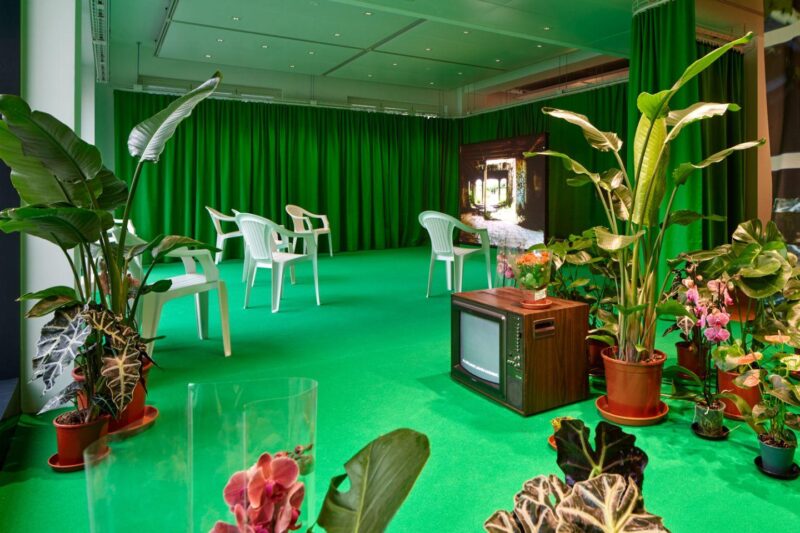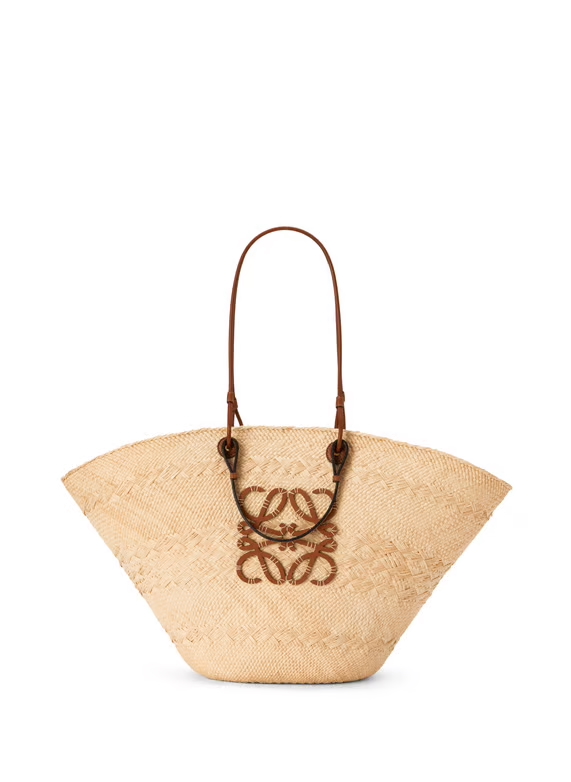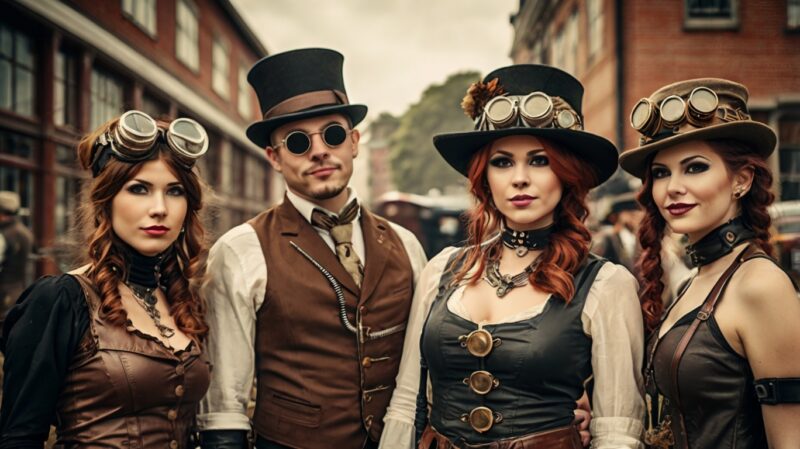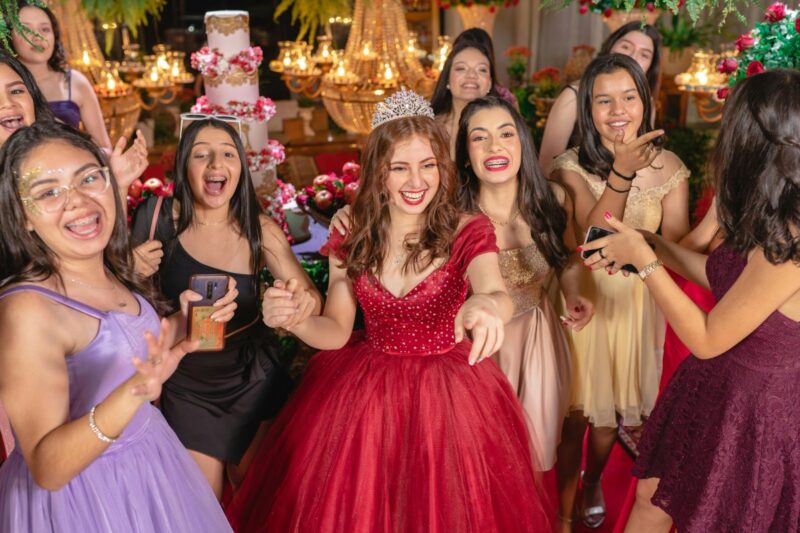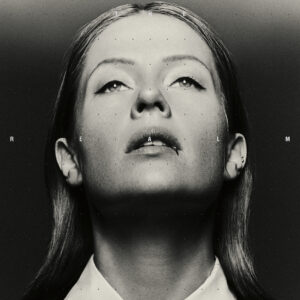David Armstrong, who has died at age 60 from liver cancer, never achieved the kind of recognition afforded his best friend, Nan Goldin, but his influence was acknowledged of late by a younger generation of photographers, including Ryan McGinley. “He has a specific style and owns it,” McGinley told the New York Times in 2011, when Armstrong’s book, 615 Jefferson Avenue, was published. “It’s almost like Vermeer, using only sunlight to illuminate uni-directionally. His photographs are about desire and despair. These are qualities he looks for in the boys’ eyes.”
The boys in question were the male models that Armstrong had been photographing between 2001 and 2011, making the beautiful young men seem both timeless and out-of-time in his curiously classical and unapologetically romantic portraits. Armstrong had come to fashion photography relatively late, having been commissioned by the young designer Hedi Slimane to shoot backstage at a Dior catwalk show in 2001. Suddenly, in middle age, he was hip again and also ubiquitous, shooting editorials for the likes Vogue Homme and Purple magazine. It was an unexpected – and, one could say, unrepresentative – coda to a remarkable life lived, in the main, on the margins amid fellow freaks and outsiders.
Born in Arlington, Massachusetts, in 1954, Armstrong befriended Nan Goldin when he was 14. He later said: “All the cool kids who met in the morning to eat hash brownies talked about this legend, Nan Goldin, who got kicked out of school the year before.” He was the first person she photographed and they remained close throughout their teenage years and into their early twenties, both attending the School of the Museum of Fine Arts, where he studied painting before switching to photography. Alongside the likes of Jack Pierson, Philip-Lorca di Corcia and Mark Morrisroe, they became part of “the Boston School”, unified by their shared approach to the making of arrestingly intimate images of their often dissolute everyday lives.
In Boston, and later in New York’s Lower East Side, they both shot the same subjects – the drag queens and druggies that they hung out with. “We both delved in different ways with things available to us and didn’t consider going outside our worlds,” he told the New York Times.
Like Goldin, Armstrong also became enmeshed in the hard drug culture he portrayed. His first boyfriend died of Aids in 1983 and, the following year, he went home to Boston to come off heroin. He stayed clean for 17 years, but began using again in 2002 describing himself wryly as “functioning enough”.
In 1994, Armstrong collaborated with Goldin on a photobook called A Double Life, which showed in their dramatically contrasting styles just how much their lives had intertwined. Armstrong’s formally austere style and monochrome tones make his images seem, if anything more haunting than Goldin’s. “I used to think Nan and I were complete opposites and it was all about the complement,” he noted at the time. “But it’s different from that. At the same time we’re identical – like our pictures. At first they seem to come from different planets but finally they arrive at the same place.”
In 2012, Morel Books published Night and Day, a selection of Kodachromes from Armstrong’s extensive New York archive from the late 1970s and early 1980s. A tale of drug-taking, partying and comedowns from an already long-lost time, it includes portraits of artists Jean-Michel Basquiat and Di Corcia alongside shots of beautiful young people at play in the early hours.
“He was such a cool cat – cultured in that old-school way,” says Aron Morel, who got to know him over the past few years. “He reminded me a bit of Boris Mikhailov: two guys that worked because they loved it. Artists without the art market. The first time I met him, he sent me back to London with over 300 ‘chromes’ of the Night and Day series. Just like that – with complete trust. He was such a poetic guy. He had recently moved to a house in upstate New York and he said he was going to live his last days like Mrs Haversham in her mansion.” Sadly, that was not to be.
guardian.co.uk © Guardian News & Media Limited 2010
Published via the Guardian News Feed plugin for WordPress.
